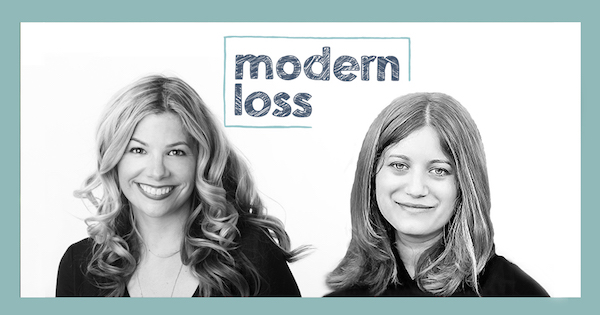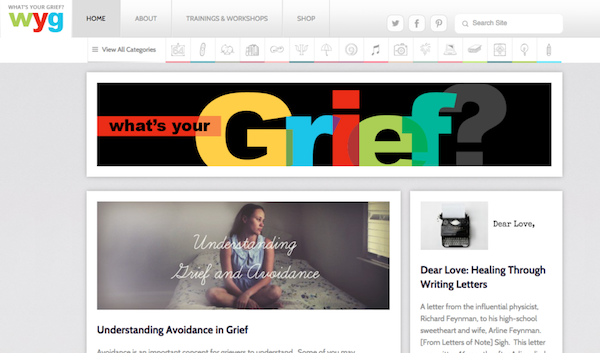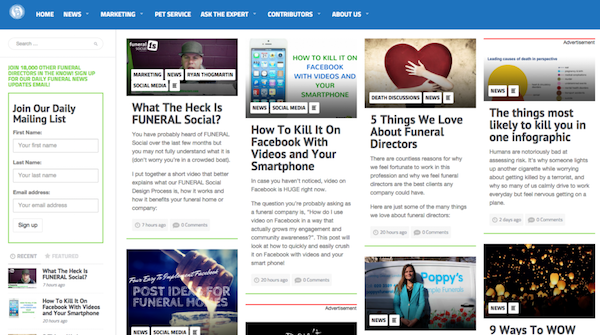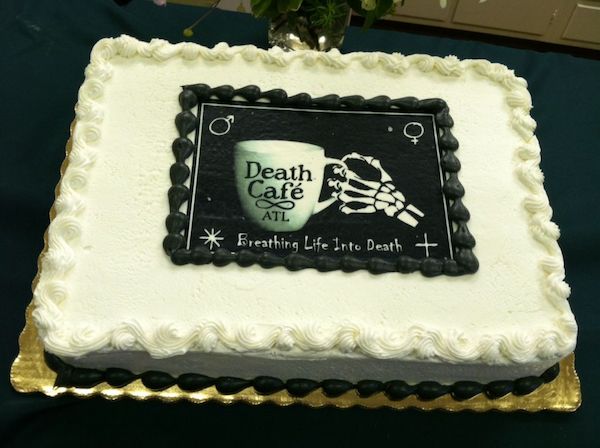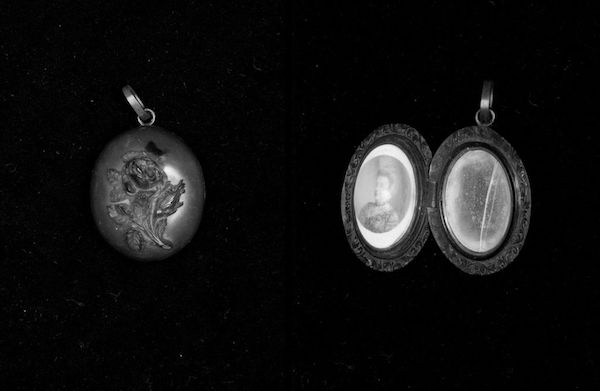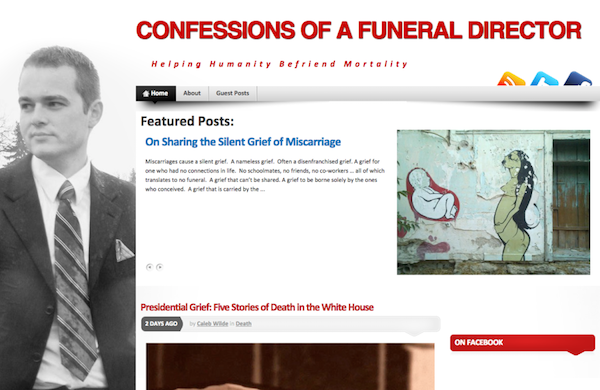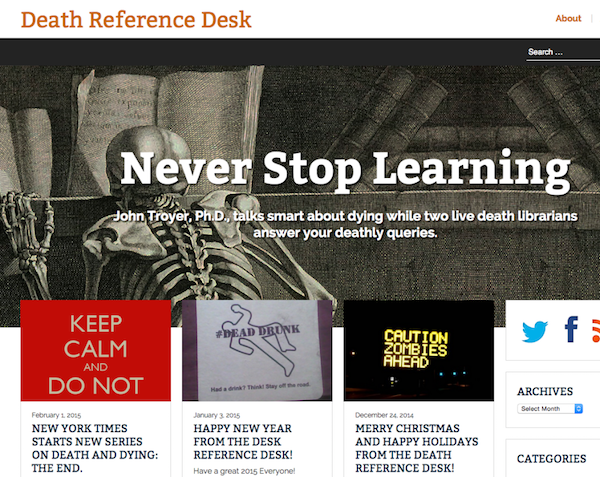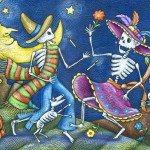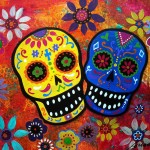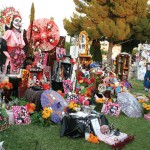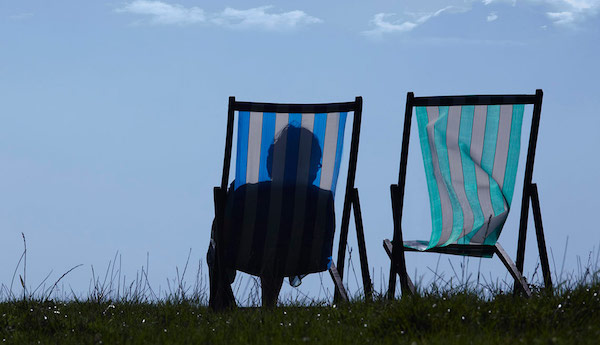Palliative-care doctors explain the “existential slap” that many people face at the end.
By Jennie Dear
[N]essa Coyle calls it “the existential slap”—that moment when a dying person first comprehends, on a gut level, that death is close. For many, the realization comes suddenly: “The usual habit of allowing thoughts of death to remain in the background is now impossible,” Coyle, a nurse and palliative-care pioneer, has written. “Death can no longer be denied.”
I don’t know exactly when my mother, who eventually died of metastatic breast cancer, encountered her existential crisis. But I have a guess: My parents waited a day after her initial diagnosis before calling my brother, my sister, and me. They reached me first. My father is not a terribly calm man, but he said, very calmly, something to this effect: “Your mother has been diagnosed with breast cancer.”
There was a pause, and then a noise I can best describe as not quite a sob or a yell, but feral. It was so uncharacteristic that I didn’t know then, and I still don’t know, whether the sound came from my father or my mother.
For many patients with terminal diseases, Coyle has observed, this awareness precipitates a personal crisis. Researchers have given it other names: the crisis of knowledge of death; an existential turning point, or existential plight; ego chill. It usually happens as it did with my mother, close to when doctors break the news. Doctors focus on events in the body: You have an incurable disease; your heart has weakened; your lungs are giving out. But the immediate effect is psychological. Gary Rodin, a palliative-care specialist who was trained in both internal medicine and psychiatry, calls this the “first trauma”: the emotional and social effects of the disease.
The roots of this trauma may be, in part, cultural. Most people recognize at an intellectual level that death is inevitable, says Virginia Lee, a nurse who works with cancer patients. But “at least in Western culture, we think we’re going to live forever.” Lee’s advanced-cancer patients often tell her they had thought of death as something that happened to other people—until they received their diagnosis. “I’ve heard from cancer patients that your life changes instantly, the moment the doctor or the oncologist says it’s confirmed that it is cancer,” she says.
The shock of confronting your own mortality need not happen at that instant, Coyle notes. Maybe you look at yourself in the mirror and suddenly realize how skinny you are, or notice your clothes no longer fit well. “It’s not necessarily verbal; it’s not necessarily what other people are telling you,” Coyle says. “Your soul may be telling you, or other people’s eyes may be telling you.”
E. Mansell Pattison, one of the early psychiatrists to write about the emotions and reactions of dying people, explains in The Experience of Dying why this realization marks a radical change in how people think about themselves: “All of us live with the potential for death at any moment. All of us project ahead a trajectory of our life. That is, we anticipate a certain life span within which we arrange our activities and plan our lives. And then abruptly we may be confronted with a crisis … Whether by illness or accident, our potential trajectory is suddenly changed.”
In this crisis, some people feel depression or despair or anger, or all three. They grieve. They grapple with a loss of meaning. A person’s whole belief system may be called into question because “virtually every aspect of their life will be threatened by changes imposed by the [disease] and its management,” Lee has written. In a small 2011 Danish study, patients with an incurable esophageal cancer reported that after their diagnosis, their lives seemed to spin out of control. Some wondered why they had received a fatal diagnosis, and fell into despair and hopelessness. “I didn’t care about anything,” one patient said. “I had just about given up.”
In the 1970s, two Harvard researchers, Avery Weisman and J. William Worden, did a foundational study on this existential plight. Newly diagnosed cancer patients who had a prognosis of at least three months were interviewed at several different points. At first, for almost all the patients in the study, existential concerns were more important than dealing with the physical impacts of disease. The researchers found that the reckoning was jarring, but still relatively brief and uncomplicated, lasting about two to three months. For a few patients, the crisis triggered or created lasting psychological problems. A few others seemed to face the crisis, then return to a state of denial, and then double back to the crisis—perhaps more than once. In the study, the researchers describe a patient who was told her diagnosis, only to report to interviewers that she didn’t know what it was—and then make it clear she wasn’t interested in receiving a diagnosis in the near future.
Palliative-care doctors used to think that a patient was either in a state of denial or a state of acceptance, period, Rodin says. But now he and his colleagues believe people are more likely to move back and forth. “You have to live with awareness of dying, and at the same time balance it against staying engaged in life,” he says. “It’s being able to hold that duality—which we call double awareness—that we think is a fundamental task.”
Whether or not people are able to find that balance, the existential crisis doesn’t last; patients can’t remain long in a state of acute anxiety. Coyle has found in her work that later peaks of distress are not usually as severe as that first wave. “Once you’ve faced [death] like that once, it’s not new knowledge in your consciousness anymore,” she says.
The existential slap doesn’t always entail mental suffering, and medical professionals who work with the dying say there are rare cases in which patients seem to skip this phase altogether, or at least experience it in a much less painful way. “People can gradually come to the realization,” Coyle says. “No one has to go through the sudden shock of awareness.”
But for most, figuring out how to adapt to living with a life-threatening disease is a difficult but necessary cognitive process, according to Lee. When patients do emerge on the other side of the existential crisis, she finds that many are better off because of it. These patients are more likely to have a deeper compassion for others and a greater appreciation for the life that remains.
To arrive there, they have to squarely face the fact that they’re going to die. “If you’re an avoidant person, and you don’t like to think about these things, that works better when life is going well,” Rodin says. “It just doesn’t work well in this situation because reality doesn’t allow it. It’s like trying to pretend you don’t need an umbrella or something, or it’s not raining, when it’s pouring. You can do that when it’s drizzling, but eventually, you have to live with the rain.”
Complete Article ↪HERE↩!







